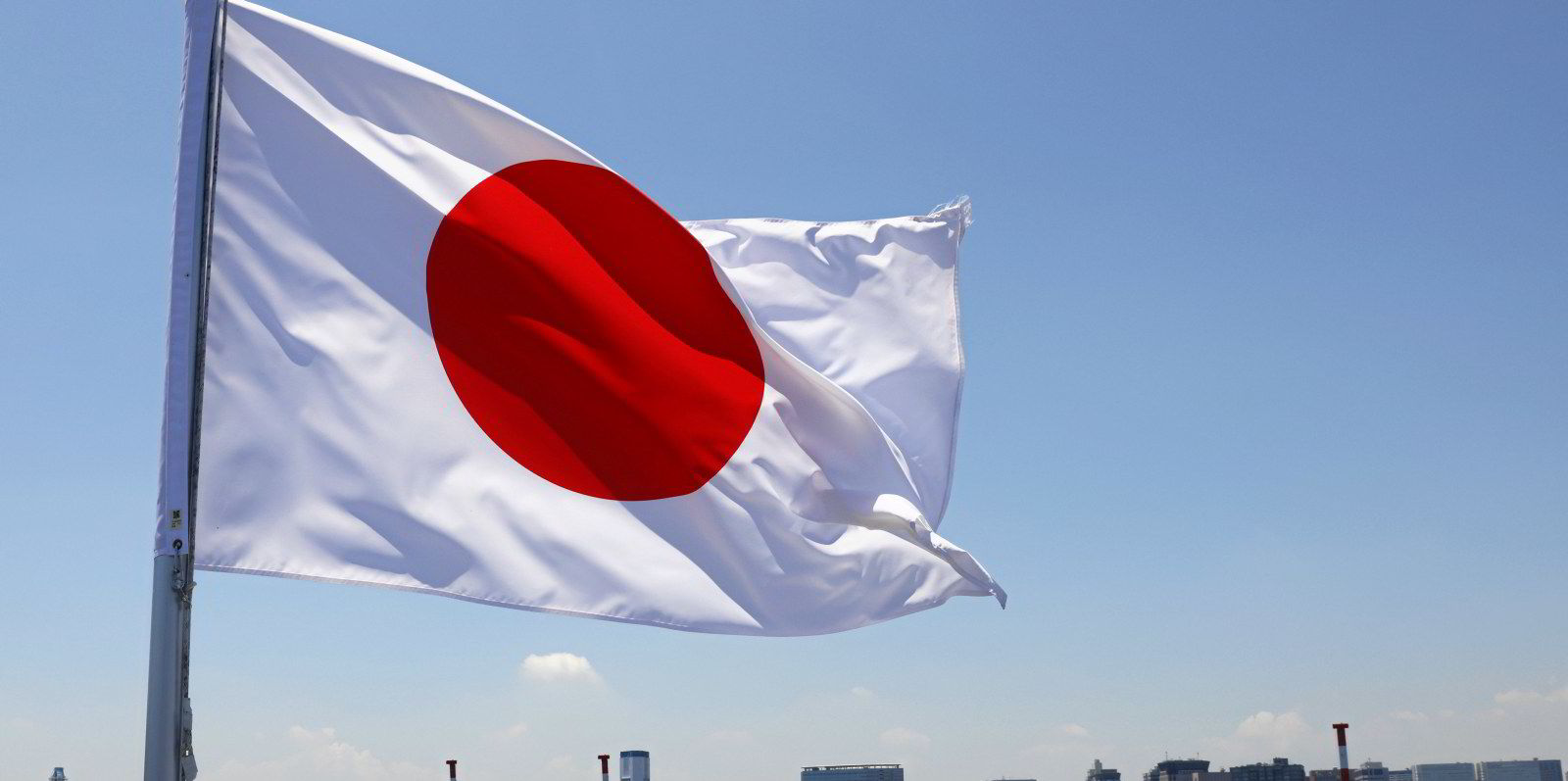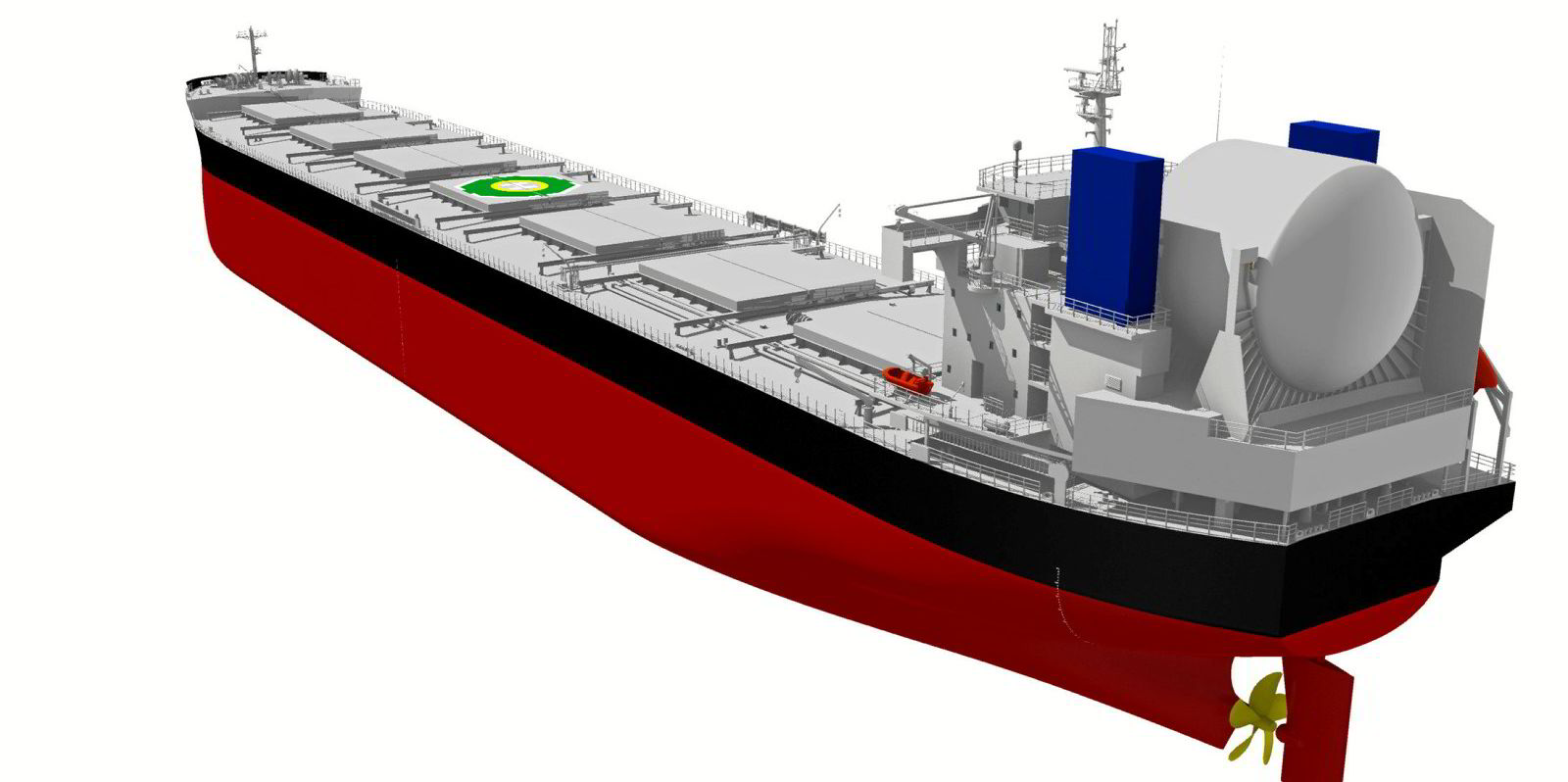Japan’s Nisshin Shipping is said to be planning to add a raft of dual-fuel kamsarmax bulk carriers to its growing fleet at a cost of about $294m.
According to shipbuilding sources, the Tokyo-based shipowning company is holding discussions with its favourite Chinese shipyard — Nantong Xiangyu Shipbuilding & Offshore Engineering — for seven dual-fuelled 85,000-dwt bulkers.
A Nantong Xiangyu executive confirmed that his company is in discussions with shipping outfits but added no contract had been signed. He declined to disclose the identity of the shipping companies involved.
Nisshin denied it was ordering the ships.
Shipbuilding players put the current price of dual-fuel kamsarmax bulker newbuildings to be at least $42m each. They said a conventional-fuel kamsarmax bulker newbuilding is priced at about $34m.
They added that the vessel would be built to a design by the Shanghai Merchant Ship Design & Research Institute and that would be fitted with one 2,400-cbm type-C LNG tank.
Some observers said the dual-fuel kamsarmax bulker project is still at the “discussion stage”, while others said a letter of intent had been inked. Nantong Xiangyu is said to have scheduled the first bulker delivery in late 2023 and the remaining ships in 2024.
- 715 LNG-fuelled ships
- 270 vessels in operation
- 445 on order, including 128 container ships, 60 crude oil carriers, 52 bulkers, 36 oil and chemical carriers, 60 car carriers, 25 cruise ships, 20 tugs, 10 ropaxes and five offshore supply vessels.
- 213 LNG-ready ships
If confirmed, the order would be significant. To date, shipowners choosing LNG dual-fuelling have tended to be niche first movers with coastal or regional tonnage, or more recently operators of large bulk, container and tanker owners that have secured supply contracts with energy majors.
Previously, the additional capital expenditure required for LNG-fuelling was deemed prohibitively expensive for those with more midsize vessels.
But this year, the industry has started to see uptake from owners of slightly smaller-size vessels as the push towards vessel decarbonisation continues.
Banchero Costa shipping analyst Ralph Leszczynski said there are currently no trading dual-fuel kamsarmax bulkers or any on order. But in the large bulker segment, such as capesize or newcastlemax, there are about 30 dual-fuel units out of an orderbook of about 130 units.
He said the large bulkers have high bunker consumption levels compared with smaller vessel types, and they undertake longhaul voyages where most of their time is spent sailing rather than in port loading or discharging.
Leszczynski said: “Hence bunkers are a significant share of the total costs of running a capesize, and it can be a good idea to explore alternative fuels to cut down on bunker expenses, and there is little risk of fuel availability given the trading patterns involved.
“For a kamsarmax, the trades are often shorter and more varied to a variety of different ports. So the benefits might not be there, to justify the significant extra expense of installing a dual-fuel engine.”
However, Leszczynski believes with more emission control areas being introduced, such as those in Europe, the kamsarmax bulker, which is used for “worldwide trading”, may be used for specific trades where they will spend a significant proportion of their time in emission control areas.
A shipbuilding broker said it is common for tonnage suppliers such as Nisshin to reinvest profits in newbuildings. If they do not, the profits will be taxed.
“If anyone is to order newbuildings today, they would be looking at the latest available designed ships,” said the shipbuilding broker. “If the company does not order now, there is a possibility that newbuilding price may escalate further, and shipyards may not have the berth slots the owner wants.”
A low-profile shipowner, Nisshin is owned by businessman Y Fujii. VesselsValue shows the privately owned shipping company with 96 vessels on the water. The fleet is made up of 73 bulkers and 23 tankers.
It has 33 newbuildings under construction at shipyards in China, Japan and South Korea. Six of these newbuildings — two of 19,900 dwt and four of 33,000 dwt — are stainless-steel chemical dual-fuel tankers. They are being built at Nantong Xiangyu and are slated for delivery next year.







